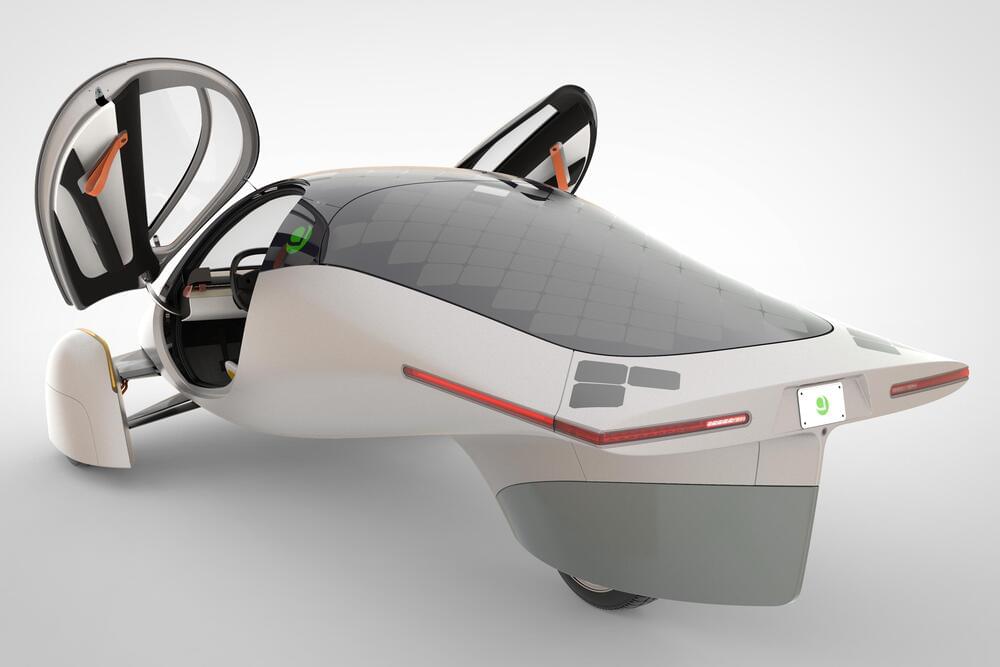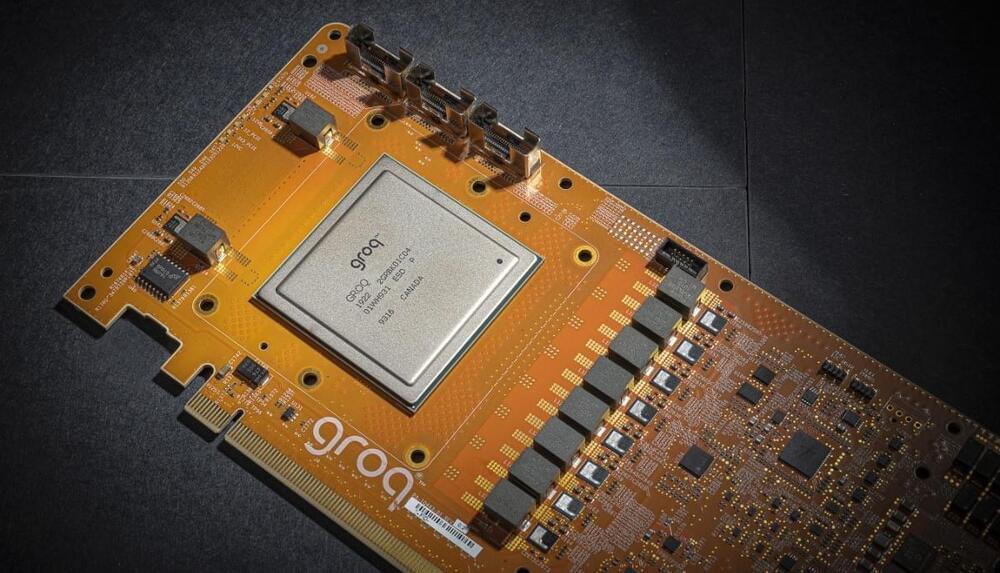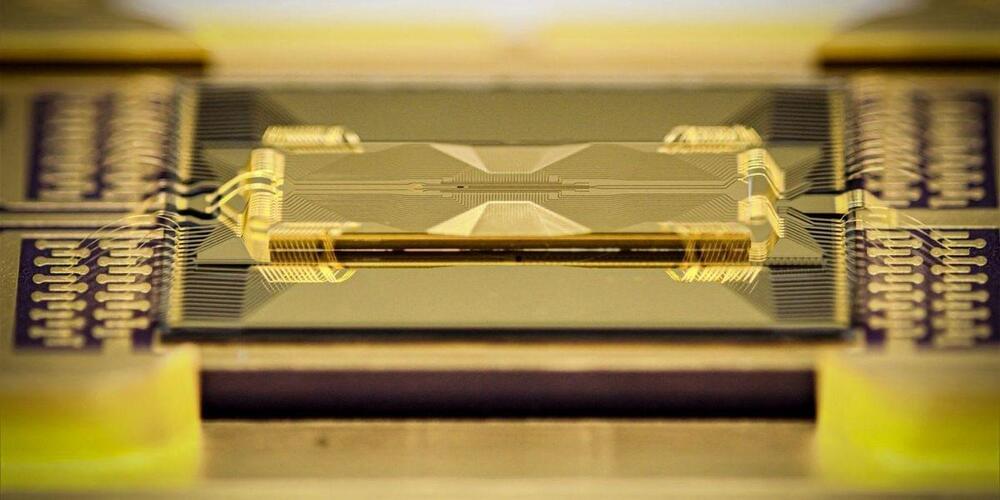Circa 2008
Nature — <ArticleTitle Language=“En” xml: lang=“en”>Visions of our far future</ArticleTitle>


Karim Hijazi is CEO of Prevailion, a cyber intelligence company that monitors and detects active threats by infiltrating hacker networks. Hijazi is also a former director of intelligence for Mandiant and a former contractor for the US intelligence community.
Ransomware has taken the spotlight lately following a string of brazen attacks on major U.S. companies.
And as bad as this kind of malware is, businesses and investors can expect to face a growing number of sophisticated cyber threats that could be even more disruptive and difficult to prevent.

Circa 2020
Since electric vehicles first started hitting the mainstream, people have been asking “why doesn’t that have a solar panel roof?” The answer has always been the same: solar panels just don’t generate that much power. That’s not a huge problem for solar racers, with their ultra-light weight and super-aerodynamic shapes, but for the minuscule daily range a solar roof would give you on your typical daily driver, you’re still gonna need to plug it in.
Ah, but what if your daily driver was the closest thing on the road to a solar racer? An EV truly designed with ludicrous levels of efficiency as the primary goal? Something so aerodynamically slippery that it makes a mockery of the production car world? Well, that’s the Aptera. And its manufacturers claim that its 180 small solar panels, making up an area of more than three square meters (32.3 sq ft), will harvest enough energy that many drivers will never have to charge it.
The top-spec Aptera can self-generate as much as 45 miles (72 km) of range per day in ideal conditions, which is more than twice the average daily mileage of American car owners. And that doesn’t have to be a terribly large amount of energy, thanks to its extreme frugality.


Tesla may be the world’s most valuable automaker but it’s also under a federal investigation over its Autopilot semi-autonomous driving system. Teslas with Autopilot engaged have crashed into police cars and emergency vehicles parked on the side of the road and the National Highway Transportation and Safety Administration (NHTSA) understandably wants to know what’s going on.
On top of this, a pair of US Senators are demanding another investigation over the Autopilot name itself, claiming it’s misleading. Bear in mind Autopilot is rated at only Level 2 whereas Level 5 autonomy requires zero human input. Far too many Tesla owners don’t seem to understand that, hence the Senators’ concerns. And now Elon Musk has confirmed the next stage of the Full Self-Driving Beta will arrive soon.

A P-8I maritime patrol aircraft of the Indian Navy was spotted flying over the Philippines, close to the South China Sea, almost all of which is claimed by China. The submarine-hunting aircraft is in the region to participate in the Malabar Exercise, featuring the navies of all four Quad countries.
This edition of the Malabar naval exercise is being hosted by the United States Navy in the Western Pacific, off the coast of Guam. The area is not far from the South China Sea, where China has built a large number of artificial islands and militarized them to strengthen its territorial claims over these waters, which host some of the busiest shipping lanes in the world.
China opposes the deployment of foreign military vessels in the region, including the Freedom of Navigation Patrols conducted by the US to assert its right to use the waterways in the South China Sea.
It says the new form of transportation is faster, safer, cheaper, and more sustainable than existing modes.

When Gigafactory Texas was starting its construction, officials in the area started to fondly describe the project’s pace as the “Speed of Elon” on account of its rapid progress. This “Speed of Elon” seems to have never let up since Giga Texas broke ground about 13 months ago as the first image of a pre-production Tesla Model Y was just shared online.
The image was initially shared on Instagram, and it depicted a black Model Y that looked fresh out of the production line. The post was eventually deleted, but not before the image was shared across platforms such as Twitter and Reddit. It’s difficult not to be excited, after all, considering that Giga Texas broke ground just over a year ago in July 2020.
Based on the recently-shared image, it appears that Giga Texas’ Model Y production facility is now ready to start cranking out the all-electric crossovers, at least to some degree. The vehicle was not alone in the picture either, as another Model Y in the background could also be seen passing through the assembly line.

Circa 2019 o.o!
Groq, a rapidly growing startup that previously hired ten executives from Google for developing chipset architecture, has announced its new architecture named Tensor Streaming Processor that can perform 1 Peta operations per second on a single chip.
Tensor Streaming Processor (TSP) is the world’s first architecture to achieve this feat of performing 1 Peta or 1 quadrillion operations or 1e15 ops/s. Groq’s new architecture can also perform up to 250 trillion floating-point operations per second (FLOPS).
TSP architecture is inspired by a software-first mindset and offers an innovative approach towards accelerated computation.

Maryland-based IonQ has unveiled a new kind of chip in its quest to scale up its type of quantum computer technology. Its computers calculate using the quantum states of ions electromagnetically trapped in the space near a chip. Previous traps were made using silicon chipmaking processes, but the company has now switched to an evaporated glass trap technology—a way of constructing micrometer-scale features in fused silica glass often used to make microfluidic chips. Its previous trap technology, the company says, could not have supported IonQ’s new quantum architecture, which is based on multiple chains of ion-based qubits. Ultimately, IonQ executives say, the glass chip’s reconfigurable chains of ions will allow for computers with qubits that number in the triple digits.
“The purpose of an ion trap is to move ions around with precision, hold them in the environment, and get out of the way of the quantum operation,” explains Jason Amini, who led the evaporated glass trap team at IonQ. The 3D glass and metal structure Amini’s team constructed does all three better than its previous chips could, Amini says. Stray electric fields from charge on the silicon-based chip could destabilize the ions’ delicate quantum states, reducing the fidelity of quantum computation. But the evaporated glass design “hides any material that could hold charge,” he says. The effect is a more stable trap that computes better.
Another advantage, Amini says, is that the trap could be shaped to “get out of the way” of quantum operations. In an ion trap computer the ions’ quantum states are manipulated by zapping them with lasers. “We have to bring a lot of laser beams over the surface,” says Amini. The glass chip is “shaped to allow lasers to come through and address the device.”